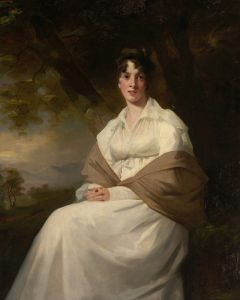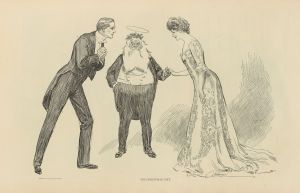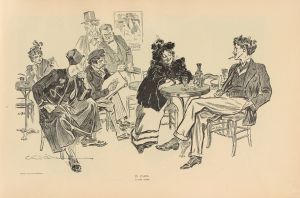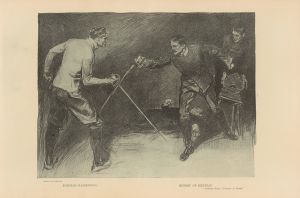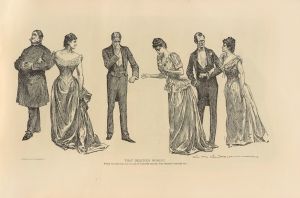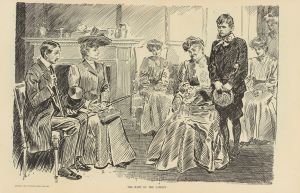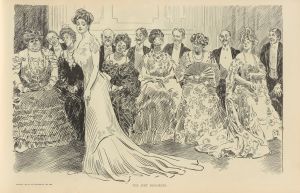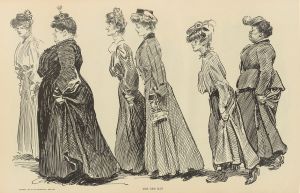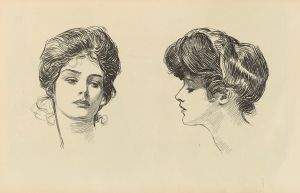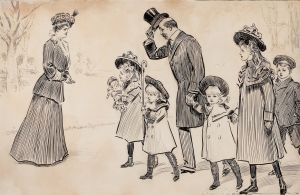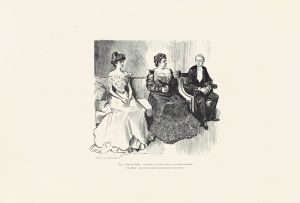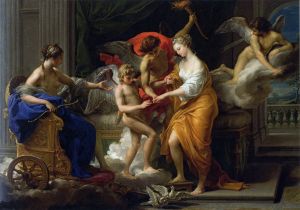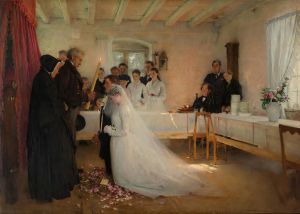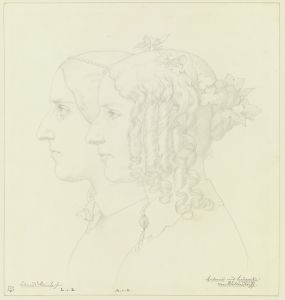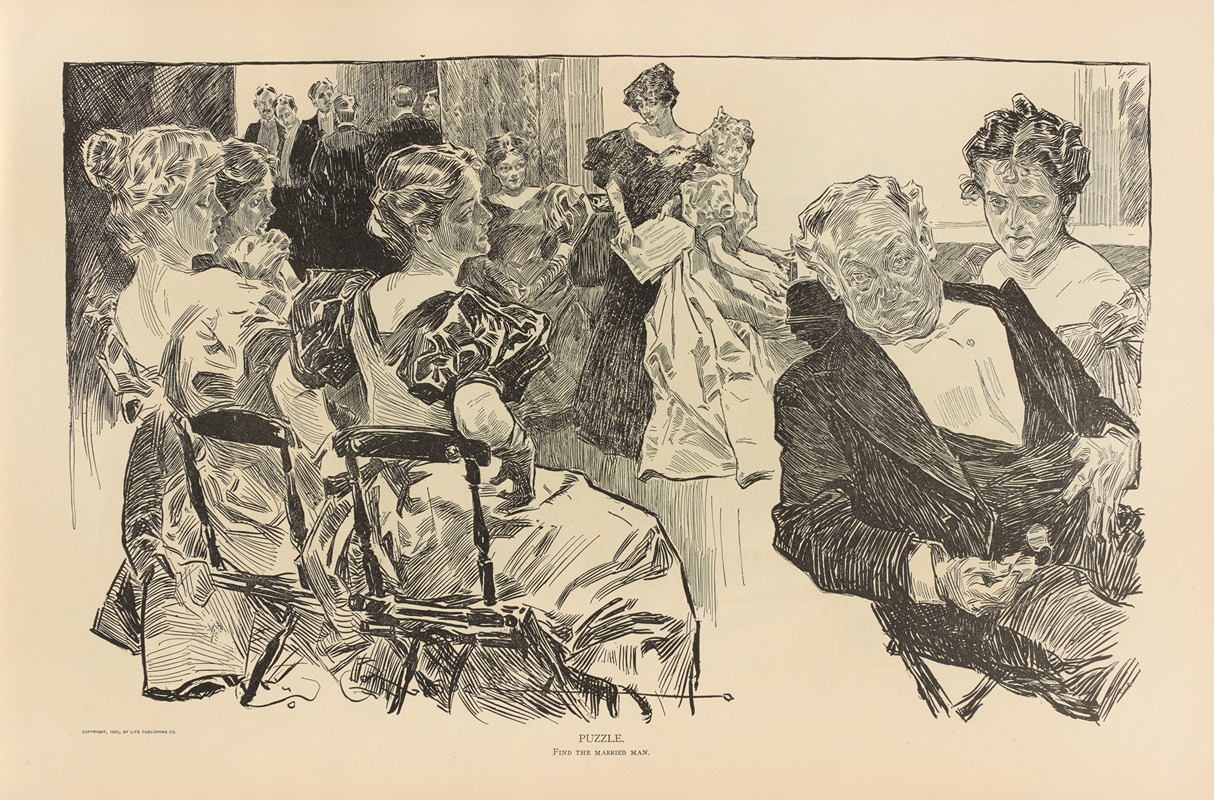
Puzzle. Find the married man
A hand-painted replica of Charles Dana Gibson’s masterpiece Puzzle. Find the married man, meticulously crafted by professional artists to capture the true essence of the original. Each piece is created with museum-quality canvas and rare mineral pigments, carefully painted by experienced artists with delicate brushstrokes and rich, layered colors to perfectly recreate the texture of the original artwork. Unlike machine-printed reproductions, this hand-painted version brings the painting to life, infused with the artist’s emotions and skill in every stroke. Whether for personal collection or home decoration, it instantly elevates the artistic atmosphere of any space.
Charles Dana Gibson was an influential American illustrator best known for his creation of the "Gibson Girl," a representation of the idealized American woman at the turn of the 20th century. One of his notable works is the illustration titled "Puzzle. Find the Married Man," which showcases his characteristic style and social commentary.
"Puzzle. Find the Married Man" is a black-and-white illustration that was published in the early 1900s, during a time when Gibson's work was widely circulated in magazines such as Life, Harper's Weekly, and Scribner's. The illustration is a prime example of Gibson's ability to capture the nuances of social interactions and the subtleties of human expression.
The artwork depicts a group of elegantly dressed men and women in a social setting, likely a party or a gathering. The challenge presented by the illustration is for the viewer to identify which of the men is married, a task that invites the audience to engage with the image more deeply. This interactive element was a common feature in Gibson's work, as he often embedded puzzles or social critiques within his illustrations.
Gibson's style is characterized by its detailed line work and the expressive faces of his subjects. In "Puzzle. Find the Married Man," he uses these techniques to convey the personalities and possible relationships between the characters. The men are depicted in formal attire, with subtle differences in their demeanor and interactions with the women around them. The women, embodying the "Gibson Girl" ideal, are poised and fashionable, exuding confidence and charm.
The "Gibson Girl" was a cultural icon of the time, representing a new standard of femininity that was independent, educated, and socially active. This illustration, like many of Gibson's works, reflects the social dynamics and gender roles of the era, offering insight into the complexities of courtship and marriage.
Charles Dana Gibson's illustrations were not only popular for their aesthetic appeal but also for their commentary on contemporary society. His work often highlighted the changing roles of men and women, the influence of fashion, and the intricacies of social etiquette. "Puzzle. Find the Married Man" is a testament to his skill in capturing these themes with humor and insight.
While specific details about the publication date or the initial reception of "Puzzle. Find the Married Man" are not widely documented, the illustration remains a notable example of Gibson's contribution to American art and culture. His ability to blend artistry with social observation continues to be appreciated by audiences and art historians alike.





